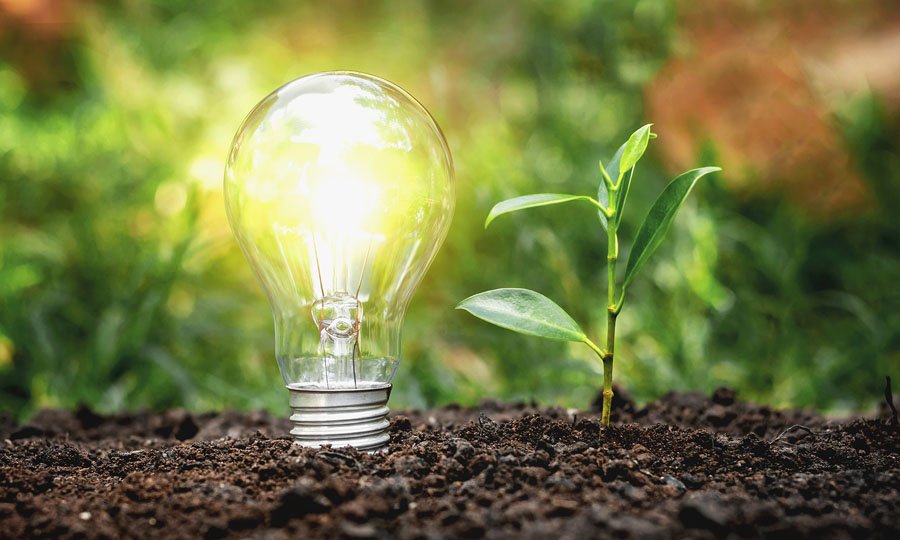A look at the history of human endeavor reveals a continuous interest and curiosity in the generation and use of energy. Despite the ups and downs in our success in this endeavor, we remain focused on securing ever more efficient ways of creating energy now and into the future.
Efforts in the industry are helping generate the excitement that will make breakthroughs in bioenergy more likely to happen. You should know all about the promising possibilities and trends in this rapidly progressing arena.
Hopefully, the following guide to understanding bioenergy will give you a place to start your exploration into this exciting field.
Table of Contents
Bioenergy Basics
Bioenergy is a renewable energy source that comes from living organisms. Biomass, which is plant material and organic waste, is the most common type of bioenergy. Other types of bioenergy include biogas and liquid biofuels.
Bioenergy can be used to generate electricity, heat, and transportation fuels. The most common way to generate electricity from biomass is through combustion, or burning the material. Biomass can also be converted into a gas, called biogas, which can be used to power vehicles or generate electricity.
Liquid biofuels, such as biodiesel and ethanol, can be used to power vehicles. Biodiesel is made from vegetable oils or animal fats, while ethanol is made from fermented biomass.
The Drawbacks of Bioenergy
While bioenergy is a cleaner energy source than fossil fuels, it does have some drawbacks. Many of the organic sources used for bioenergy release methane and other greenhouse gases as they decompose, leading to air pollution.
Additionally, land and water resources are required to grow crops for bioenergy. This can compete with food production and put a strain on ecosystems. There is also the potential for negative social impacts, as small-scale bioenergy projects can displace local communities.
Sources of Bioenergy
Bioenergy is a renewable energy source that comes from organic matter or biomass. This includes:
- crop residues
- wood
- wood products
- animal waste
- food waste
Bioenergy can be used to generate electricity, heat, or transportation fuels. Crop residues, wood, and animal waste are all potential sources of bioenergy.
Crop residues can be used to generate electricity or heat, while wood can be used to generate transportation fuels or heat. Animal waste can also be used to generate electricity or heat.
Types of Bioenergy
Wood bioenergy can be used to produce heat, electricity, and transportation fuels. Wood bioenergy is renewable and relatively efficient, but can cause air pollution if not burned properly.
Biomass and biofuel energy is any type of energy derived from organic matter, such as plants or animals. Biomass energy is renewable and relatively efficient but can cause air pollution if not burned properly.
Solar energy is energy from the sun. Solar energy can be used to produce heat, electricity, and hot water. Solar energy is renewable and relatively efficient but can be expensive to install.
You may read more here about bioenergy for deeper discussions.
The Future Of Energy Consumption Is Bioenergy
Bioenergy is a promising source of renewable energy that has the potential to help society sustainably meet its energy needs. However, there is still a great deal of research and development needed to fully understand and harness the potential of bioenergy.
A better understanding of bioenergy can help policymakers, industry and the public make informed decisions about its use. The future of bioenergy is exciting and holds much promise, but we must continue to work hard to ensure that it meets its potential.
If you want to read more articles, visit our blog.
